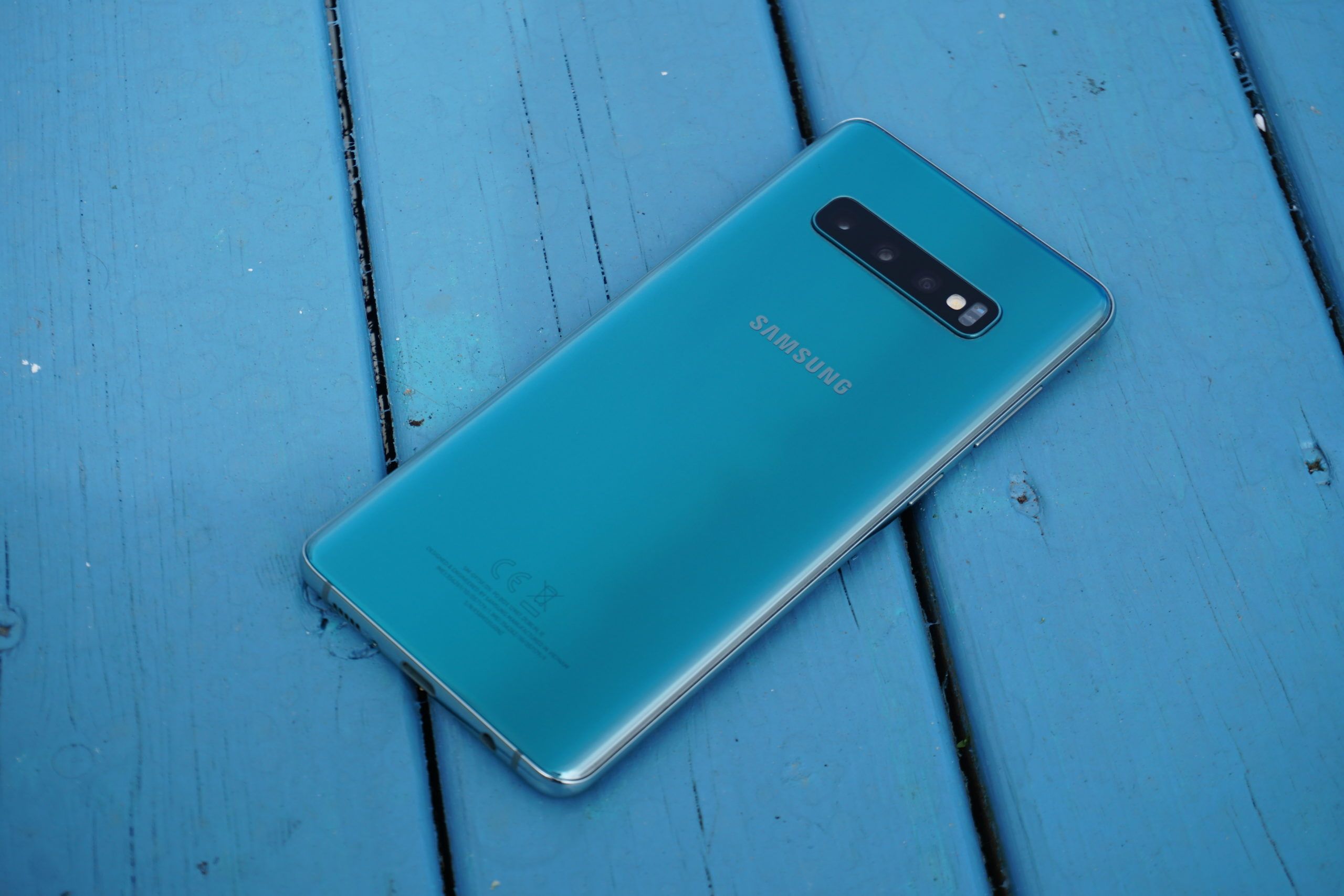Samsung was heavily criticized in the TouchWiz era for its poor and slow software support. But the Korean company has come a long way since then and now even beats Google in this department by promising five years of security patches and four OS updates. Depending on the device age, it will get monthly, quarterly, or biannual security updates. In April, Samsung dropped software support for the Galaxy S9 series four years after it first launched while also moving the S10 lineup to a quarterly update schedule. The S10 5G was the only exception as it remained on a monthly update cycle since it had launched a couple of months later. That's changing now as the phone has been moved to a quarterly cycle as well.
The phone was last updated with the May 2022 security patch, which is fairly impressive when you take into account that it launched in June 2019. The change means that the entire S10 lineup will now receive security updates once every three months for the next year. They are also no longer eligible to receive new OS updates, with the Android 12-based One UI 4 release being the last for them.
Additionally, the mid-range Galaxy A41, A51 5G, and the M01 will now receive biannual security updates i.e., two updates every year. These phones were previously receiving quarterly patches.
Samsung has also entirely dropped support for its low-end Galaxy A6 and J7 Duo, which were receiving biannual security since 2021. These devices have now reached their end of life in terms of software support and won't receive any further updates. Lastly, the Galaxy M13 is a new addition to the quarterly update cycle and will receive security patches once every three months.
Apart from Google, Samsung is the only Android manufacturer that makes it clear which devices are on what update cycle and how long they will be supported. OnePlus promises four years of security patches, but its policy is only applicable to high-end devices. Similar to Samsung, the company has a security bulletin page, but it is broken and does not list the supported devices or their update cycle.

